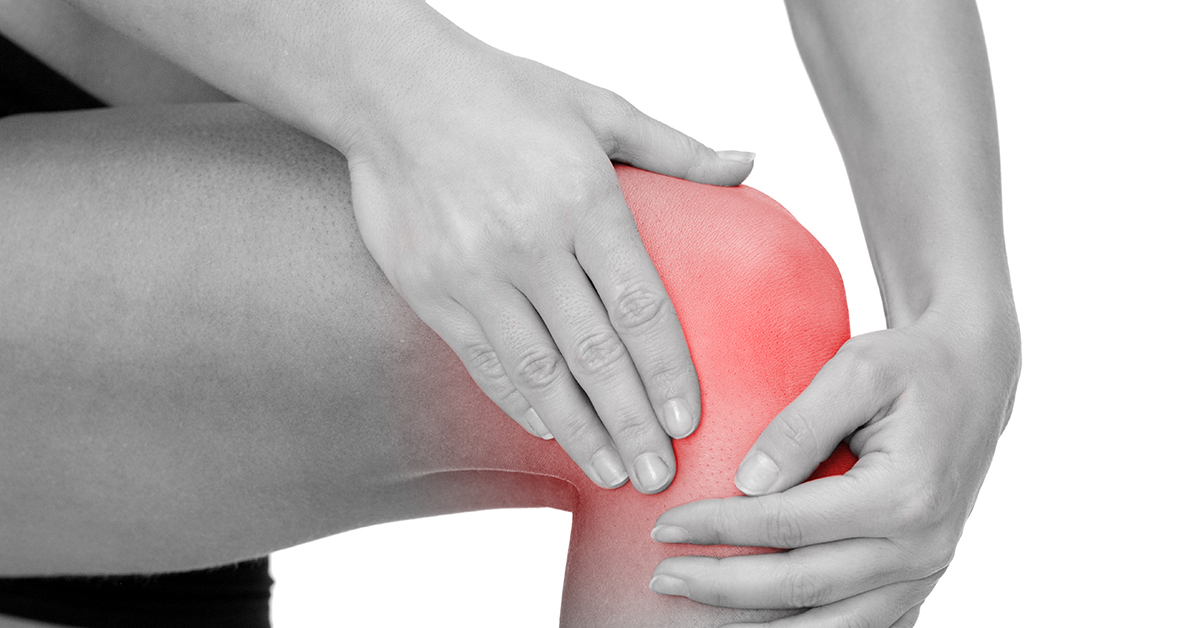Request an Appointment
Please call our office at 816-363-2500 to make an appointment. Don’t forget to bring your imaging studies with you.
Understanding Pain

Understanding Pain
Understanding pain and being able to describe your pain to your doctor are key to a successful diagnosis and measurement of treatment effectiveness. This article will help you understand some of the key terms used to describe pain.
Acute, Chronic, and Neuropathic Pain
Acute pain is sudden and sharp pain that is directly related to tissue damage. It's the sensation felt when a hand is caught in a door or a head is bumped. The pain felt during childbirth is also acute pain. It can subside instantly or last three to six months. Acute pain is often the symptom of injured or diseased tissue, and it disappears when the tissue heals or is treated. If acute pain is not relieved, it can lead to chronic pain.
Chronic pain continues even after an injury has healed and lasts more than three to six months. The source of chronic pain can be something identifiable, like an ongoing injury, or something unidentifiable, like when no injury is present. Chronic pain is described as an aching, deep, burning or dull feeling that carries into the extremities.
Neuropathic pain occurs after signs of injury to tissue are no longer visible. With this pain, nerve fibers may be damaged or dysfunctional, causing them to send incorrect pain signals to the brain. Neuropathic pain, or neuropathy, could be placed in the chronic pain category, but the sensations felt are very different from muskoskeletal pain. Neuropathic pain is described as severe, lightning-like, burning or cold, with ongoing numbness, tingling, or weakness. Neuropathy may be felt traveling along the nerve path from the spine down to the arms and hands or legs and feet. Phantom limb syndrome is one example of neuropathy. NSAIDs like ibuprofen and opioids like morphine are usually not effective in treating neuropathy. Certain medications, nerve "block" injections, and a variety of chronic pain treatments are used for neuropathic pain.
Where does it hurt?
Back
Back pain is one of the most common reasons for a trip to the doctor. Overstretched muscles or ligaments are the cause of most back pain. Some causes of acute back pain include improper lifting, strenuous physical effort, poor sitting or standing posture, sleeping position, and stress and muscle tension. Pregnancy, lack of muscle tone, and surplus weight can also cause acute back pain.
Back pain can also be caused by a structural or mechanical problem, like sciatica or a bulging or ruptured disc. Osteoporosis and arthritis are also structural problems that can contribute to back pain. Developmental problems caused by abnormal formation of the skeleton, like scoliosis or kyphosis, can also cause back pain. Tumors, trauma, and inflammations and infections can also contribute to back pain.
Neck
Neck pain isn't necessarily serious, as it is often caused by poor posture from hunching over or leaning towards something. Arthritis can also contribute to neck pain. Neck pain can be serious however, if it shoots down shoulder or arms, causes numbness or weakness in arms or hands, and causes bowel or bladder problems. Muscle strain, worn joints, or nerve compression can cause neck pain. Trauma and diseases can also contribute to neck pain.
Arm
Arm pain may actually be caused by pain in the cervical section of the spine. This may be due to disc degeneration, which can cause bones spurs and spinal stenosis. Spinal stenosis and bone spurs can put pressure on nerves that travel elsewhere, like the arms.
Leg
Leg pain may actually be due to pain or degenerative problems in the lumbar section of the spine. Trauma, genetics, and the aging process can all damage or put pressure on intervertebral discs. This can compress nerves that lead to other areas of the body, like the arms and legs. Sciatica is an example of leg pain caused by problems in the lumbar spine.
Pain Diagnostic Tools
In order to help patients effectively communicate their level of pain, physicians may ask them to fill out forms or charts. The tools can not only help a doctor know where it hurts, but sometimes why and how much it hurts as well.
The physician might also ask a patient coming in with pain to mark on a diagram of a figure where the pain is located and the type of pain being experienced.
Nerves exit between the vertebrae and then branch off to different areas of the body. The area of skin that is being served by a particular nerve root is called a dermatome. A physician can determine where along the spine a nerve is being pinched or stressed by the location of the pain.
Another tool that may be used to diagnose pain is the Oswestry Disability Index. The Oswestry Disability Index asks the patient to select one out of six statements for 10 different topics including pain intensity, walking, and personal care, among others. This test can help determine the extent to which pain is affecting the patient's life.
The SF-36 is a short-form health survey that measures a patient's perception of his or her own health and quality of life. This tool has only 36 questions and is considered very easy to use but with a complex scoring system. The summary scores generated by the SF-36 are a physical component summary and a mental component summary, but subscale scores can be derived, including bodily pain, social functioning, and mental health among others.

 The Highest Quality of Neurosurgical Care
The Highest Quality of Neurosurgical Care